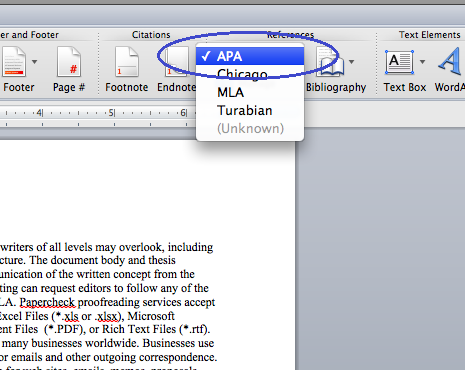

You may also be interested in how to keep computer files organized. Once you have saved a Template, you can find it on your New screen when you create a New Document. Use Templates when you want to save the document text, in addition to the Theme. Use the folder where Microsoft Word prompts you to save it. You create a Template exactly the same way you create any document. bib file and stylename is one of the following: The draft style is intended for editing your document before. where bibfile is the name of the bibliography. See Bibliography management with biblatex for more information. Using Microsoft Word templates Create your document The next commands are the ones that set the bibliography style and import the bibliography file. Under the Design Tab, you will now see the Custom “New Theme” you created. If you want to use these set Styles again and again, you can save them as a Custom Theme.Ī Theme saves the “look and feel” of the document.Ī Template uses the Theme “look” but also adds text that you may want to use again and again. You can save these settings to be consistant across this document ONLY – or you can save it in the Template, so that all future documents will have this same “look and feel.” 2. This will modify every Style Element across your document.Ĭhoose Between Saving Styles in the Document and Template Select Insert Bibliography at the bottom of the.

On the References tab, in the Citations & Bibliography group, click the Bibliography button and then do one of the following: Choose one of the built-in styles in the drop-down menu. Place the cursor where you want to insert the bibliography. You can further customize your Style options by “right-clicking” any Style. To create a bibliography, follow the next steps: 1. Once you’ve selected the Styles, Fonts, and Colors you like best in the Design tab, head back to the Home tab. What if you can’t find a style that works? At the bottom, you can create your own combination – and give it a custom name that you’ll remember. Your Font and Color combinations are not restricted to Microsoft Word’s pre-built options. You can also choose your Document Colors, Fonts, and Other Items. To see another representation of the quick styles shown in the Quick Style Gallery - one that will be familiar to someone who has worked with Word 2003 and earlier - click on the sloping arrow in the lower right corner of the Styles group (or press Ctrl+Alt+Shift+S (Mac Cmd+Opt+Shift+S)) to open the Styles Task Pane. Microsoft Word offers a number of pre-built Styles.Ĭlicking on the Style will change the formatting throughout your document. Header 3 What if you want a different style? Rather than making headings “Bold” one at a time, the Style allows you to change all the Headings across the entire document in one central location.įor example in this document, when select the “Title” text then apply the Title Style, the document formatting will be updated.Ĭontinue to Select Text and Apply the Heading Style Styles are a way to keep your formatting consistent within a document. Templates allow you to re-use text, and keep your look and feel consistent across multiple documents. Themes keep your look and feel consistent across multiple documents. Styles keep your formatting consistent within a document. Learn how to use Microsoft Word styles, themes and templates to create consistency across your documents.


 0 kommentar(er)
0 kommentar(er)
